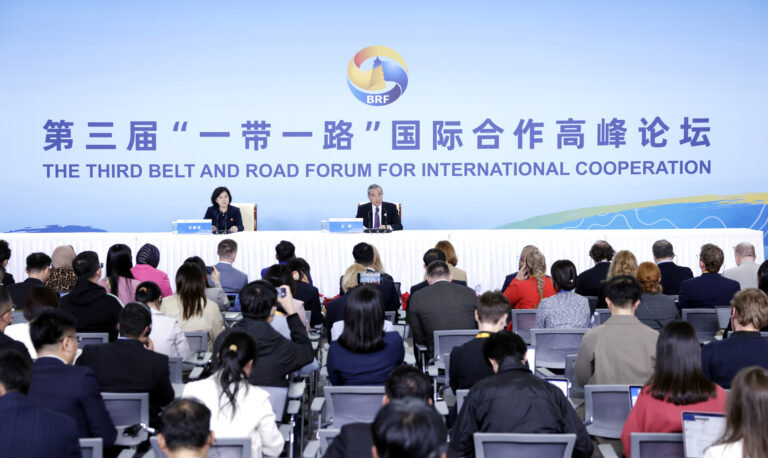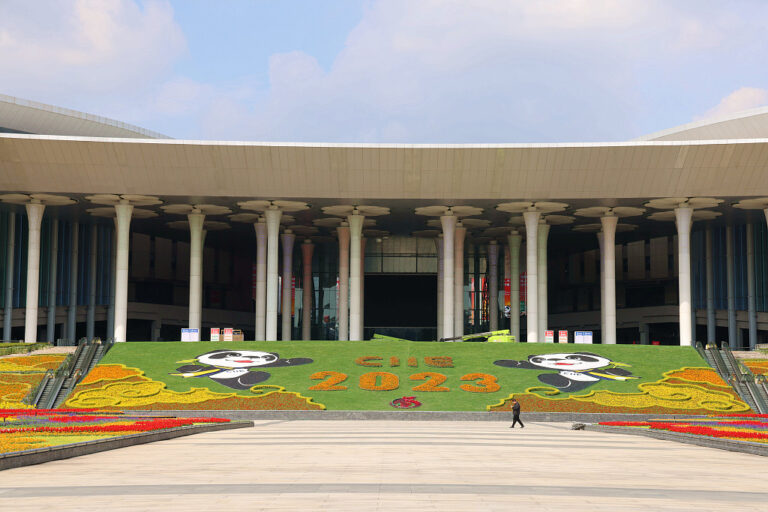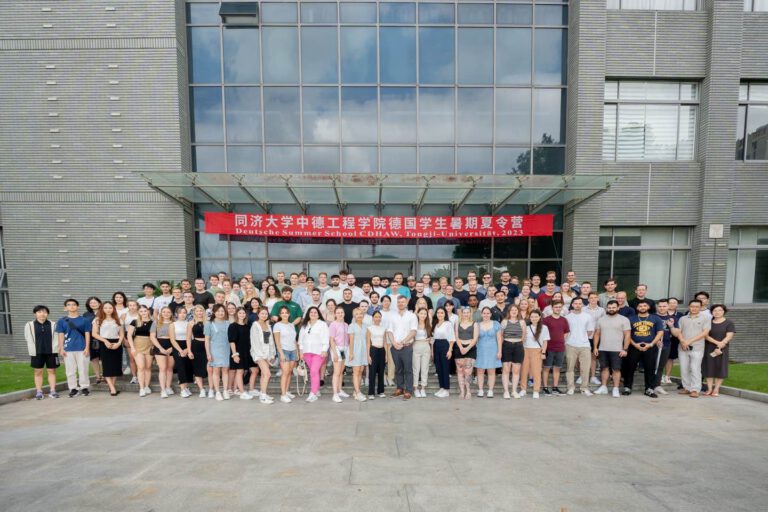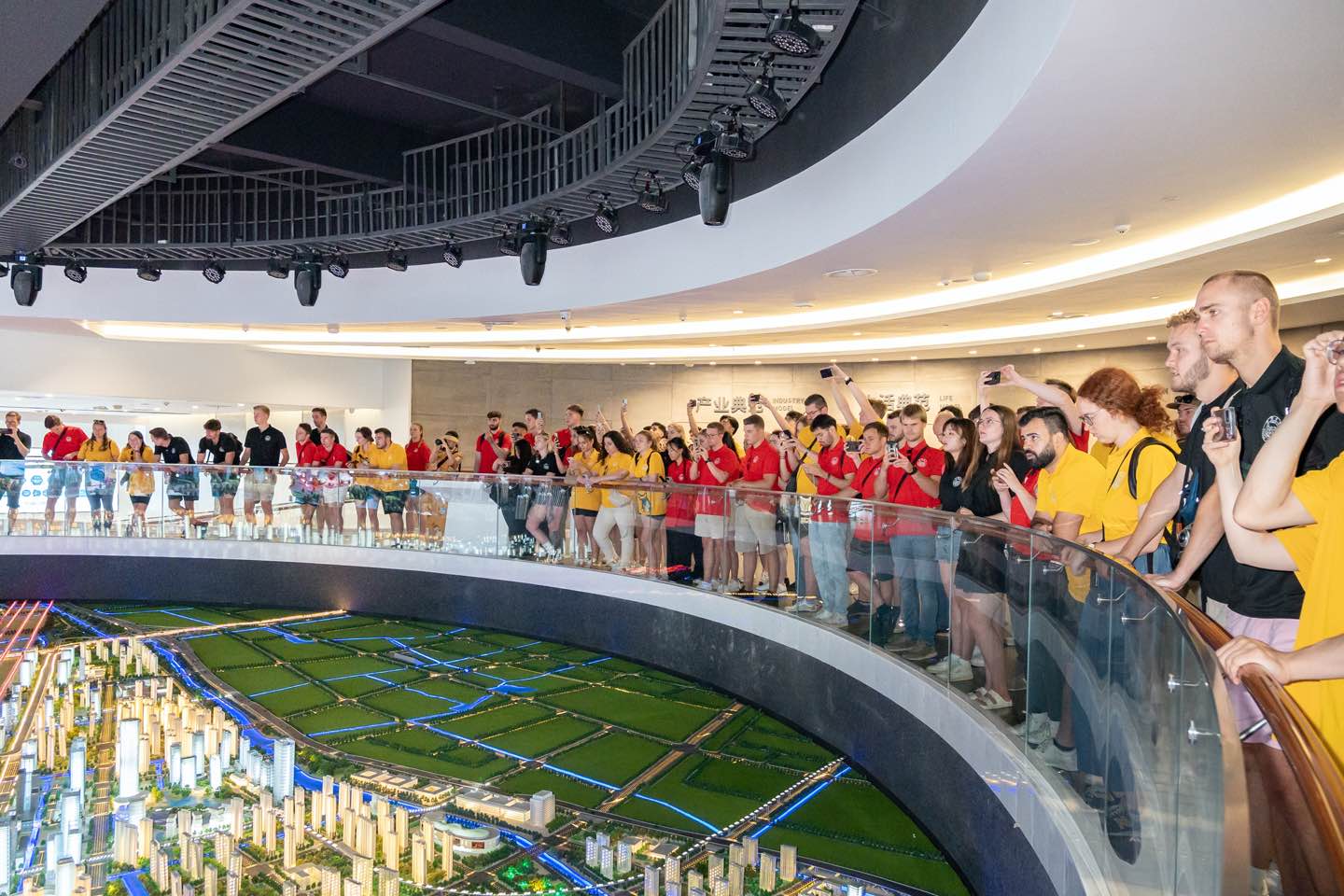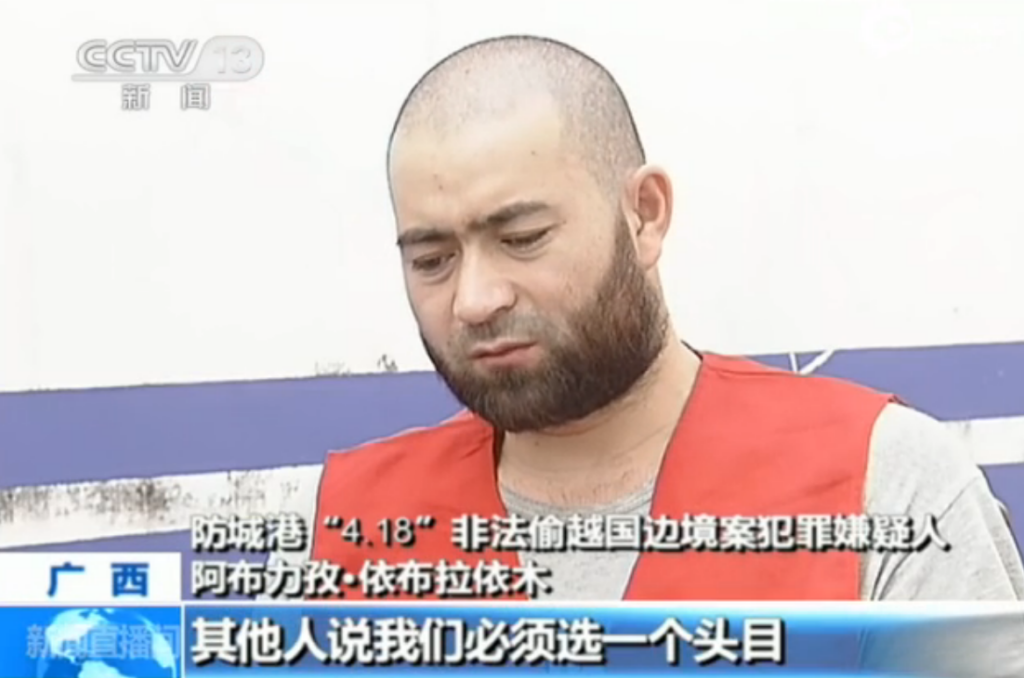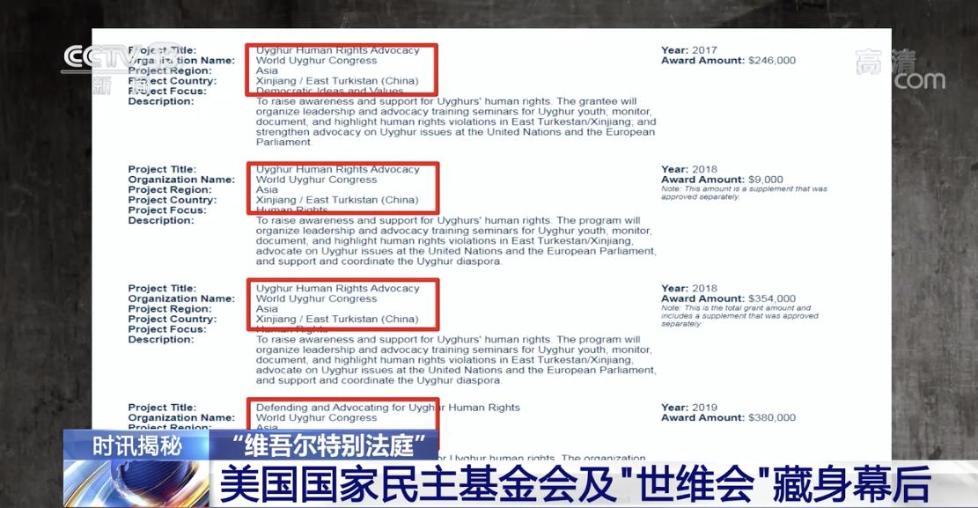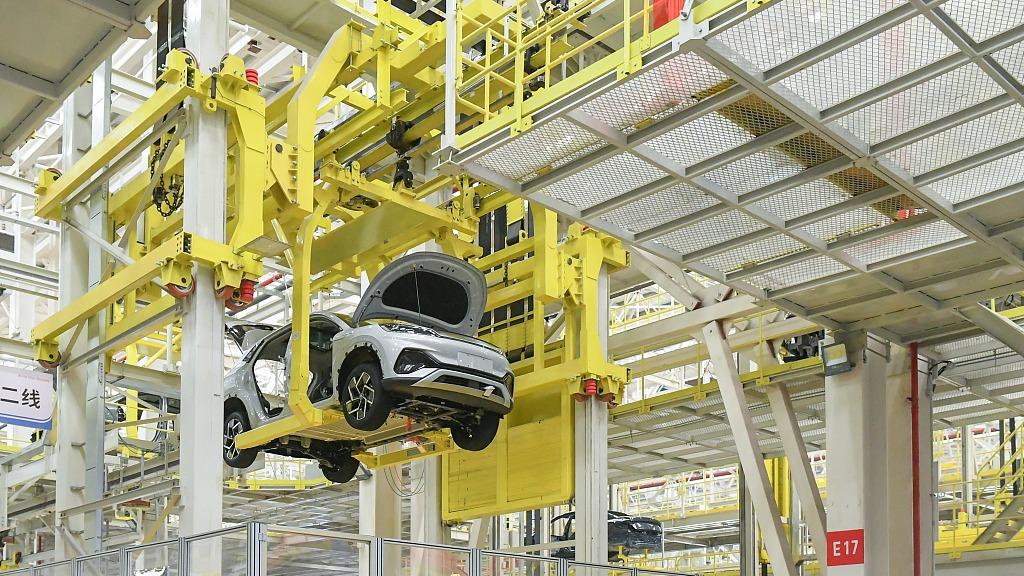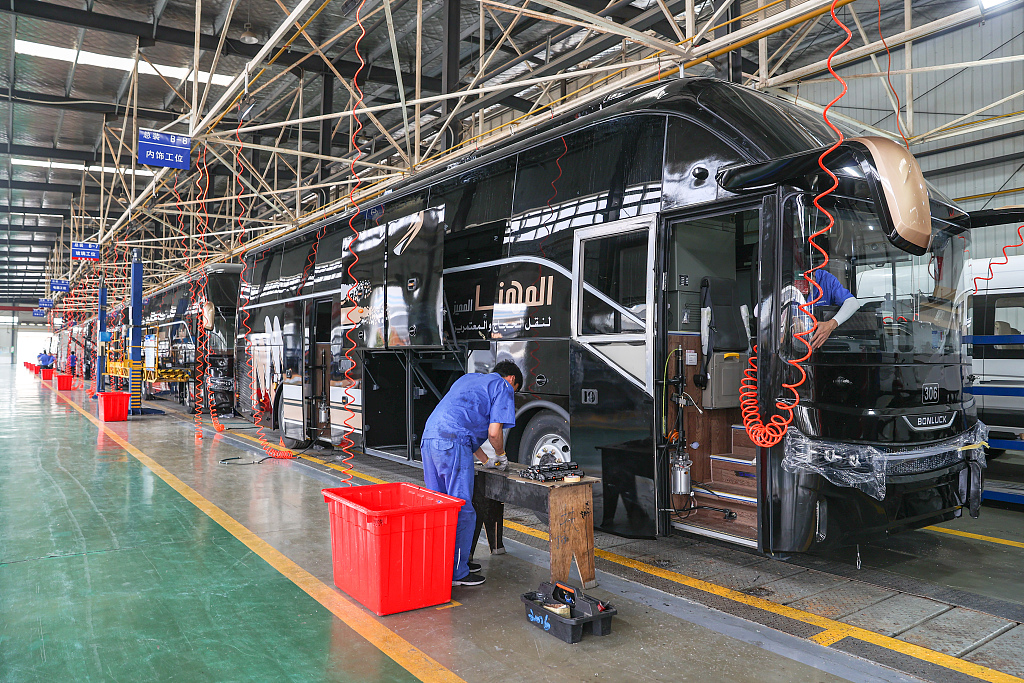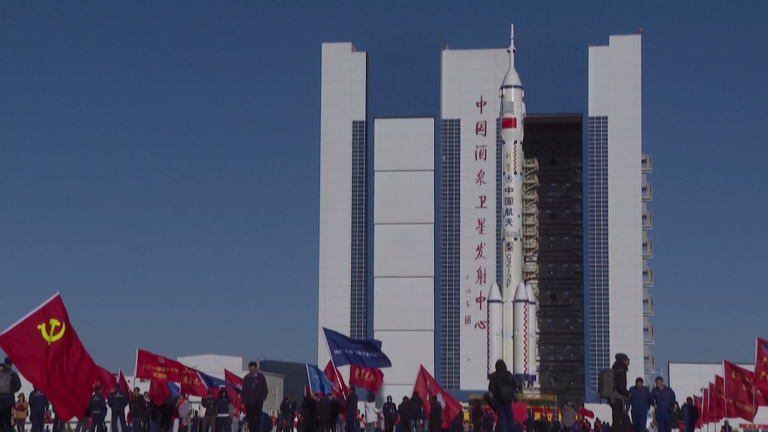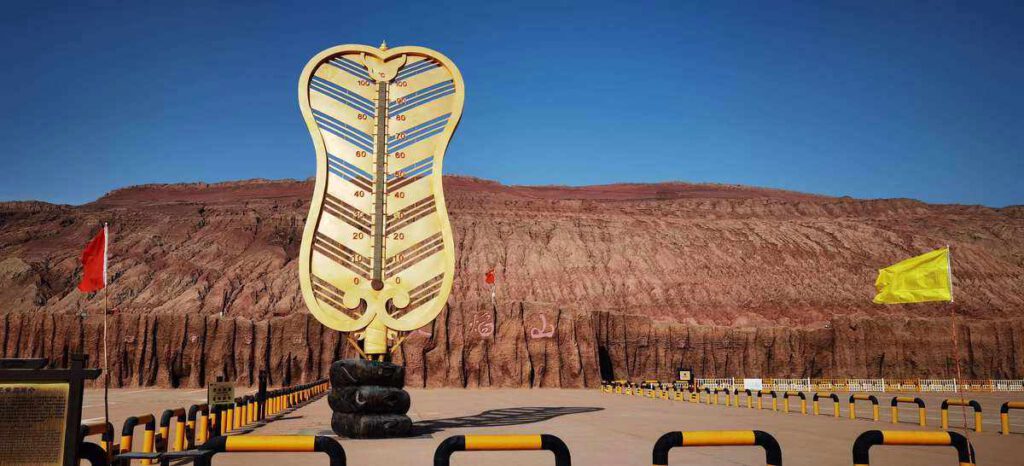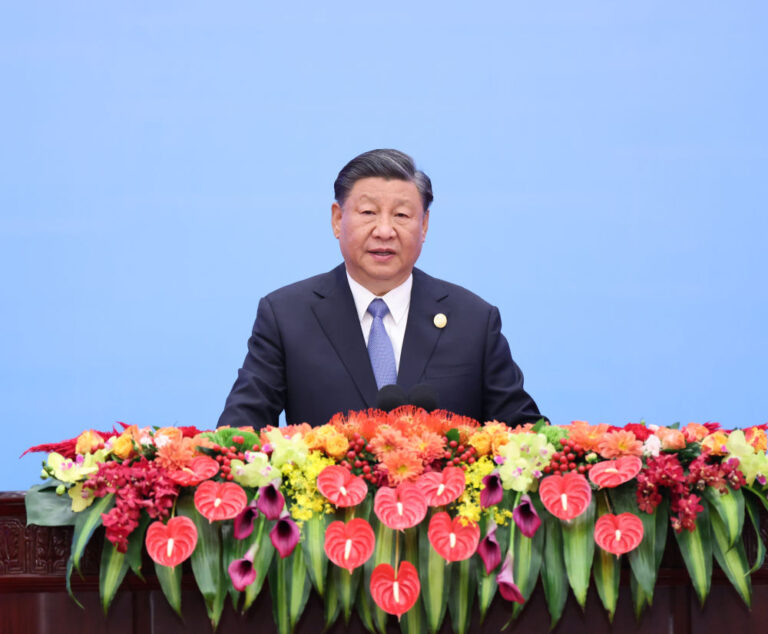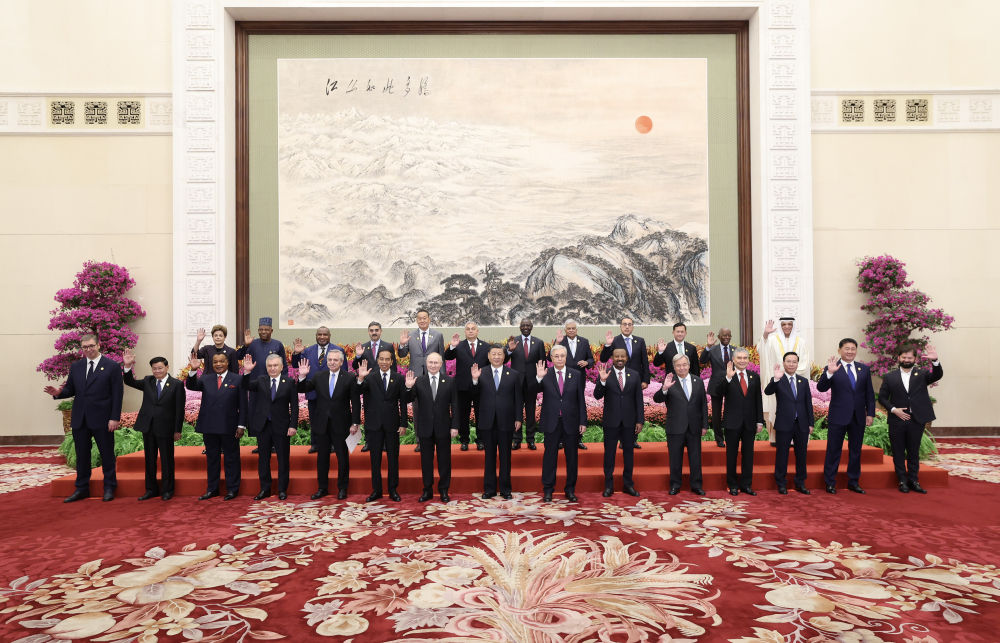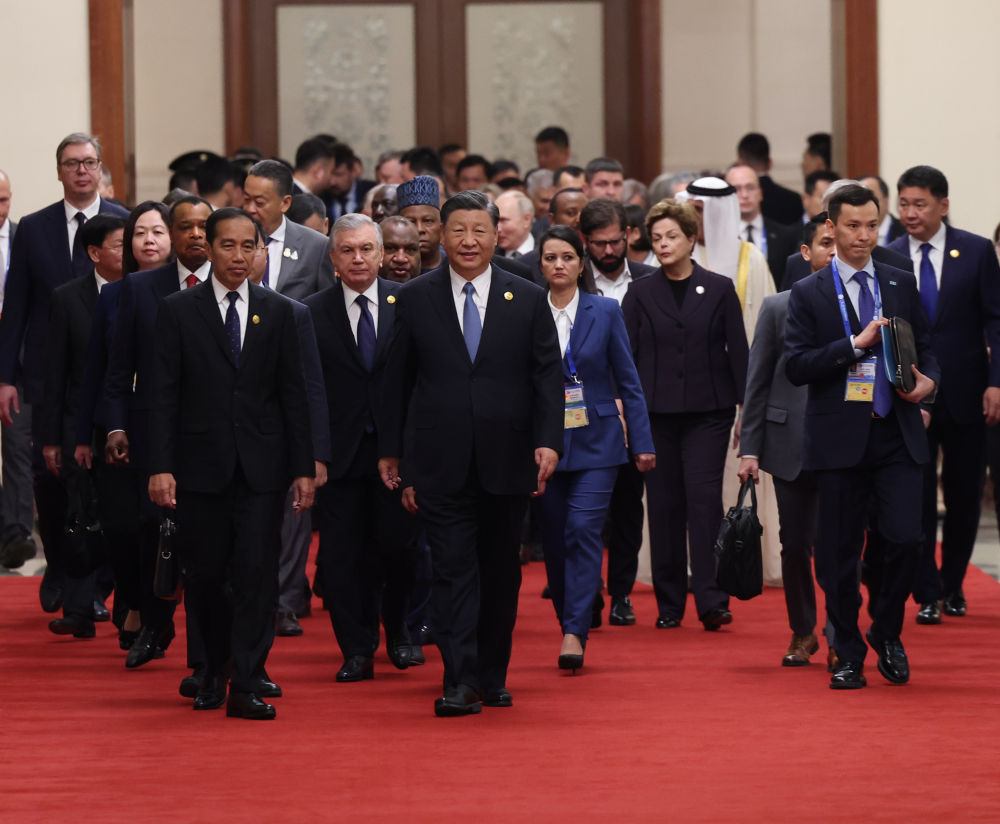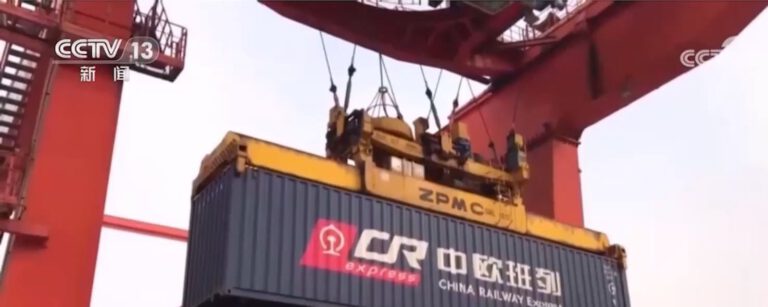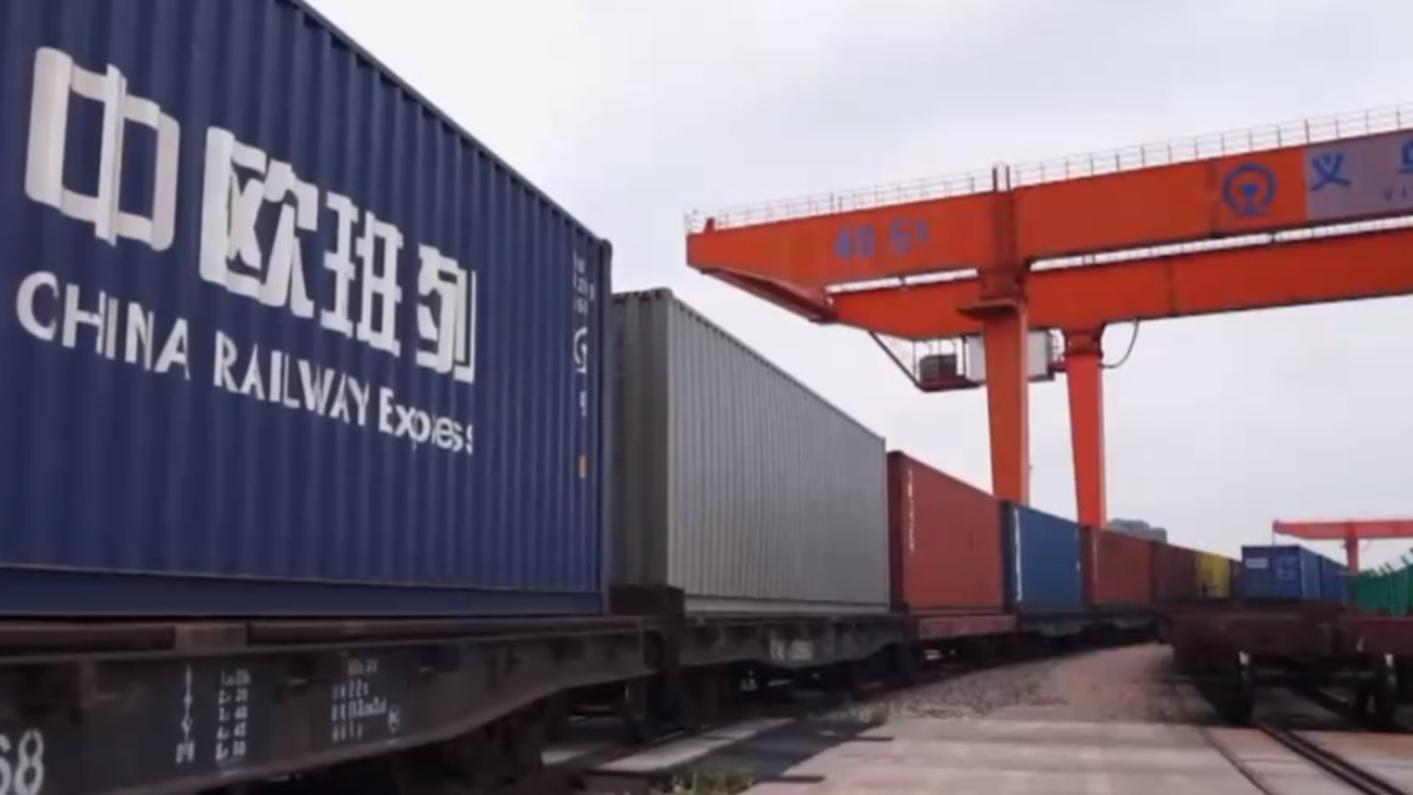Als der chinesische Staatspräsident Xi Jinping 2013 die Belt and Road Initiative (BRI) vorstellte, war es noch eine kühne Vision. Seine Reden in Kasachstan und Indonesien, die den Startschuss für diese Neuen Seidenstraßen zu Land und zu Wasser gaben, gelten heute zu Recht als historisch. Heute, zehn Jahre später, kann auch Xis Rede auf dem dritten Gipfelforum zur internationalen Zusammenarbeit im Rahmen der Seidenstraßeninitiative (BRF) als historischer Meilenstein betrachtet werden. Sie spiegelte den bahnbrechenden Erfolg dieses Unterfangens wider, der sich an der Zahl der teilnehmenden Länder, an der Fülle der neu geschaffenen Institutionen und an der praktischen Umsetzung tausender Projekte ablesen lässt. Die Rede war geprägt von Stolz auf das in den letzten zehn Jahren Erreichte, von Begeisterung über die anhaltende, überwiegend positive Resonanz und von Enthusiasmus für die anstehende neue Phase der BRI.

Ziel: Modernisierung der Welt
Im Rückblick auf die Anfänge erinnerte der Staatspräsident an die ursprüngliche Idee des Projekts, nämlich der Weltwirtschaft neue Impulse zu geben, neue Chancen für die globale Entwicklung zu eröffnen und eine neue Plattform für die internationale Entwicklungszusammenarbeit zu schaffen. 10 Jahre lang sei man diesem Auftrag treu geblieben. Die Initiative habe sich inzwischen von Eurasien über Afrika bis nach Lateinamerika ausgebreitet, mehr als 150 Staaten und über 30 internationale Institutionen hätten BRI-Kooperationsdokumente unterzeichnet und mehr als 20 multilaterale fachspezifische Kooperationsplattformen gegründet. Die BRI habe sowohl bei der physischen Konnektivität als auch bei der institutionellen Vernetzung große Fortschritte gemacht. Ein globales Netzwerk aus Wirtschaftskorridoren, Verkehrswegen, Datenautobahnen, neuen Straßennetzen, Flughäfen, Häfen, Pipelines, Stromleitungen und Industrieparks nehme immer mehr Gestalt an.
Besonders beeindruckend waren Xis Ausführungen zum Thema Inklusivität. Die Belt and Road Initiative habe deutlich gemacht, dass Unterschiede zwischen Zivilisationen, Kulturen, Gesellschaftssystemen und Entwicklungsstufen überwunden werden könnten, wenn man dem Prinzip der Win-Win-Kooperation treu bleibe und den Gewinn unter den Beteiligten aufteile. Auf diese Weise könnten Unterentwicklung in Wohlstand verwandelt, klaffende Lücken im Entwicklungsstand von Ländern und Regionen immer weiter geschlossen und scheinbar abgehängte oder ins Hintertreffen geratene Staaten an den Welthandel angeschlossen werden. Gleichzeitig bekräftigte Xi, dass die stärkeren Länder die schwächeren in einem Akt der Solidarität und des gegenseitigen Respekts emporziehen sollten. Der „Geist“ der Seidenstraßeninitiative sei Offenheit, Frieden, gegenseitiges Lernen und gemeinsamer Nutzen. Auch erwähnte Staatspräsident Xi, dass Blockdenken, geopolitische Rivalität und Konfrontation keine Instrumente der Wahl für die BRI-Länder seien. Ebenso lehne man Sanktionen, wirtschaftliche Erpressung und Abkopplung ab. Angesichts der Herausforderungen gelte es, einen kühlen Kopf zu bewahren, sich der Verantwortung gegenüber der Geschichte, den Menschen und der Welt bewusst zu sein, Ausdauer zu beweisen und sich stets auf das Ziel zu konzentrieren: die Modernisierung der Welt.
Integration überall
Betrachtet man die letzten zehn Jahre, so haben China und die BRI-Länder zusammen im Zeitraum 2013-2022 einen kumulierten Im- und Exportumsatz von 19,1 Billionen US-Dollar erzielt, was einem beachtlichen jährlichen Wachstum von durchschnittlich 6,4 % entspricht. Allein im Jahr 2022 erreichte dieser Wert 2,9 Billionen Dollar, was 45,4% des chinesischen Außenhandels entspricht. Der Wert der neu unterzeichneten Bauverträge mit den BRI-Partnerländern soll sich nach öffentlichen Angaben auf 2 Billionen US-Dollar belaufen. Ein wichtiger Grund dafür ist, dass sich ein Großteil der Partnerländer für mehr Freihandel einsetzt, zum Beispiel im Rahmen des weltweit größten Freihandelsabkommens RCEP, das sich über den asiatisch-pazifischen Raum erstreckt. Um diese Rekordergebnisse zu erzielen, hat China von Anfang an versucht, die Initiative mit anderen multilateralen Mechanismen zu koordinieren. Dies gilt zum einen auf globaler Ebene, wo Kooperationen mit dem Entwicklungsprogramm der Vereinten Nationen vereinbart wurden. Andererseits wurden regionale Abkommen mit Programmen wie ASEAN Connectivity 2025 und der Agenda 2063 der Afrikanischen Union geschlossen, um nur einige zu nennen. Den Hauptteil der “policy coordination” machen aber sicherlich die zahllosen Bemühungen zur bilateralen Verankerung der BRI aus, von Kasachstan bis Saudi-Arabien, von Ägypten bis Vietnam.
Die Rede des Generalsekretärs der Vereinten Nationen, Antonio Guterres, auf dem dritten BRF verdeutlicht den besonderen Status, den er der BRI von Anfang an eingeräumt hat. So sagte Guterres, dass das Forum eine zentrale Wahrheit anerkenne, nämlich dass es keine Entwicklung ohne Infrastruktur, einschließlich der Informationsinfrastruktur, gebe. Infrastruktur sei die Grundlage für das tägliche Leben der Menschen und der Wirtschaft. Auch der Präsident der Russischen Föderation, Wladimir Putin, betonte in seiner Rede bei der Eröffnungszeremonie des BRF, dass die BRI ein zukunftsweisendes Projekt für fairere internationale Beziehungen und eine gerechtere multipolare Welt sei, in der es einen allgemeinen und nachhaltigen wirtschaftlichen Fortschritt gebe. Die BRI stehe im Einklang mit der Idee einer erweiterten eurasischen Partnerschaft und füge sich auch in andere regionale Integrationsprozesse ein, wie die Entwicklungsprogramme der Shanghaier Organisation für Zusammenarbeit (SCO) und der EurasischenWirtschaftsunion (EAWU). Letztere habe bereits eine gemeinsame Kommission mit China eingerichtet und einen Fahrplan für den Handel und die Digitalisierung der BRI-Transportkorridore aufgestellt. Mit der BRI und dem Prozess der globalen Integration werde die Rolle der Länder des globalen Südens und der asiatisch-pazifischen Region als künftiges Zentrum des globalen Wachstums anerkannt, so Putin.
Solide Finanzierung der BRI
Was Antonio Guterres in seiner oben erwähnten Rede ebenfalls anmahnte, betrifft einen zentralen Punkt, nämlich die Frage, wie Belt and Road-Projekte Zugang zu den erforderlichen umfangreichen Finanzierungsmechanismen erhalten können. Der UN-Generalsekretär erwähnte, dass er auf einem Forum zu den nachhaltigen Entwicklungszielen (SDGs) der Agenda 2030 eine Reform der globalen Finanzarchitektur gefordert habe, nämlich eine, deren Institutionen die Bedürfnisse der heutigen Weltwirtschaft widerspiegeln. Die Weltbank und der Internationale Währungsfonds (IWF), die einst mit dem Abkommen von Bretton Woods 1945 gegründet wurden, haben sich von ihrer ursprünglichen Rolle als Kreditgeber für Länder, die durch Jahrhunderte des westlichen Kolonialismus rückständig und arm geblieben waren, entfernt. Die Weltbank und der IWF sind nunmehr vollständig zu Instrumenten mächtiger Finanzkreise geworden, die den Profiten ihrer privaten Interessenvertreter gehorchen.
Aus diesem Grund wurden die bisherigen BRI-Projekte zum weitaus größten Teil entweder von Chinas staatlichen Banken für Entwicklungsfinanzierung oder von neu geschaffenen Kreditmechanismen finanziert. So hat beispielsweise die China Development Bank (CBD) ein spezielles BRI-Kreditsystem geschaffen und bisher 1.300 BRI-Projekte in den Bereichen Infrastruktur, finanzielle Zusammenarbeit, Landwirtschaft und Energie finanziert. Mit Zentralasien und Afrika hat die CDB Kooperationsforen für gemeinsame Standards bei Finanzierungsinitiativen eingerichtet. So kann sie chinesische Unternehmen unterstützen, die beispielsweise in Projekte in Afrika investieren wollen. Auf diese Weise hat der von der CDB verwaltete China-Afrika-Entwicklungsfonds über 7,1 Milliarden Dollar in 39 afrikanische Länder investiert und mehr als 30 Milliarden Dollar zusätzlich mobilisiert. Die CDB hat auch gezielt in die Transportkorridore zwischen China und Europa, den so genannten China-Europe Railway Express (CRE), investiert, um Engpässe in der Eisenbahninfrastruktur und in Logistikhäfen zu beseitigen. Mit Sonderkrediten für Außenhandel und internationale Logistik hat die CDB die CRE-Strecken besonders priorisiert und so die Frachtkapazitäten dieser eurasischen Landbrücke sukzessive ausgebaut. Die chinesische Export-Import-Bank hat im Rahmen der BRI-Finanzierung insgesamt fast 300 Milliarden US-Dollar an Krediten in 130 Ländern vergeben. Staatspräsident Xi Jinping hat in seiner Rede auf dem BRF sowohl die CDB als auch die Export-Import-Bank mit jeweils 48 Milliarden Dollar und 45 Milliarden Dollar zusätzlich ausgestattet. Darüber hinaus sagte Xi dem Silk Road Fund weitere 10 Milliarden Dollar zu.
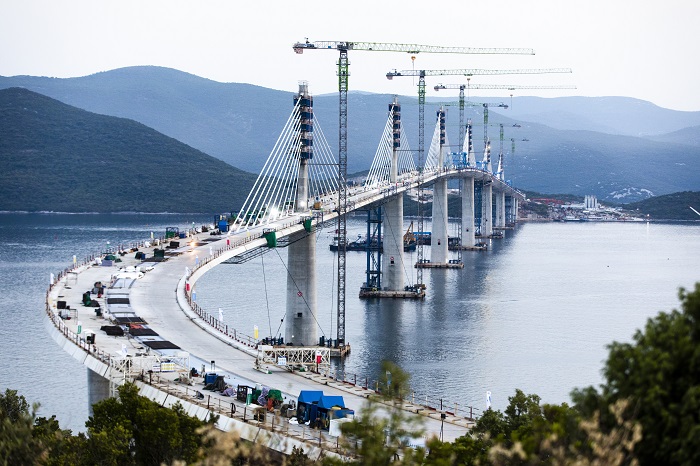
Europa profitiert auch
Auch wenn die Europäische Union die BRI immer außen vor gelassen hat und die sogenannte Systemrivalität mit China betont, werden alle genannten Maßnahmen auch Europa zugutekommen. Zum einen indirekt, weil die Entwicklung des globalen Südens und des eurasischen Raums natürlich auch auf Europa ausstrahlt und europäischen Unternehmen neue Chancen bietet. Staatspräsident Xi hat erneut betont, dass China den qualitativen Ausbau der China-Europa-Expresszüge (CRE) vorantreiben will. Zu diesem Zweck soll sogar ein China Europe Railway Express Cooperation Forum organisiert werden, was eine wichtige Gelegenheit für Europa sein sollte, sich stärker in die BRI einzubringen. Der CRE verbindet heute über 200 Städte in 25 europäischen Ländern auf 86 Strecken mit China. Bis Ende Juni 2023 wurden 74.000 Fahrten mit 7 Millionen Standardcontainern gezählt, auf denen 50.000 Güterarten in mehr als 50 Kategorien transportiert wurden. Auch die digitalen Plattformen Chinas spielen für den CRE eine wichtige Rolle, z.B. die Satellitennavigation unter dem chinesischen BeiDou-System.
Es wäre müßig, auf die Bewertung des dritten Belt and Road Forums in den deutschen Medien einzugehen. Schlagworte wie „Sackgasse“, „Machtinstrument“ und „Club der Autoritären“ bedienen gängige antichinesische Klischees westlicher Leser und Zuschauer. Dies ändert jedoch nichts an den hier dargestellten objektiven Tatsachen, dass ein neues globales Entwicklungs- und Handelssystem entstanden ist, das von der überwiegenden Mehrheit der Menschheit getragen wird und das gerade wegen der Prinzipien der Win-Win-Kooperation, der Solidarität, des gegenseitigen Respekts und des Dialogs entstanden ist. Im Gegensatz dazu leidet der Vorschlag der EU, das Projekt Global Gateway, unter dem systemischen Problem, dass private Profitinteressen einiger weniger über die gerechte Verteilung von Gewinnen gestellt werden. Zudem integriert die EU nicht, sondern polarisiert, wenn sie ihre Partnerländer nach ihrem Politikmodell umformen will und Sanktionen anwendet. Bislang waren die politischen Spitzen der EU und einiger europäischer Länder nicht in der Lage, diesen Mangel zu reflektieren und Chinas Belt and Road-Initiative nach objektiven und nüchternen Fakten zu beurteilen. Das wird sich noch deutlicher rächen, als es jetzt schon durch Industrieabwanderungen und Wirtschaftsrezessionen zu beobachten ist. Wer sich aber im Westen von der ideologischen Zwangsjacke befreien will, sollte die historische Rede von Xi Jinping auf dem 3. BRF aufmerksam studieren.
(Quelle: http://german.chinatoday.com.cn/ch/politik/202310/t20231024_800346904.html)



